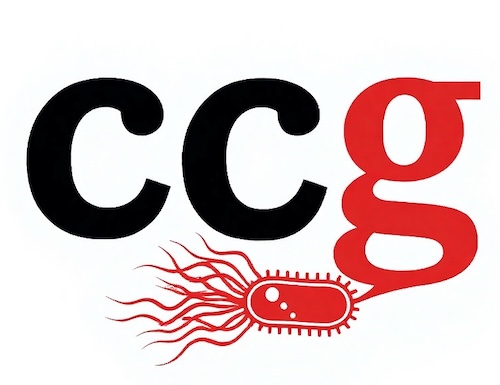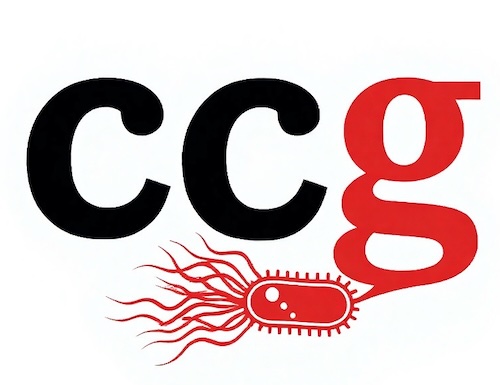I worked on several different items today and was very scattered, yet I was able to get some items on my list finished. Tonight we listened to a couple of Open Ed sessions. We started with the recorded talk “COVID Changed How We Do OER Outreach. Here’s What Our Institutional Initiatives Have Learned” which featured several educators and how they worked to implement OpenStax. Carrie Miller from Minnesota State University, Mankato worked with graduate students to implement D2L modules with OpenStax. What a neat and impactful project! Gabby Hernandez, an Open Education Librarian from The University of Texas Rio Grande Valley talked about the sessions they launched to help faculty with accessibility and textbook affordability. I thought it was interesting that Hernandez used the workshop registration data to continue discussions and offer the appropriate level of training. Derrick Mans from Texas Southern University spoke about working with OpenStax. They worked with the student government and others to broaden an initiative to enhance adoption and learning about OpenStax. Barbara Gooch was an OpenStax Inter from Vol State Community College who spoke about ways to support students through flexibility with deadlines to work ahead. Gooch suggested midterm and final deadlines. Communication and emails are “a lifeline” for students working online. The video was nicely edited and inspiring. It was also reassuring to learn from a student about flexibility and communication.
Vince Mussehl and Kim Ernstmeyer from Chippewa Valley Technical College spoke about Open RN resources. The project is funded from a Department of Education grant received in 2019 with the goal of creating five OER textbooks and virtual simulations in H5P and total immersion scenarios (twenty-five of each). They have had over 300 reviewers nationwide to create the textbooks! Ernstmeyer shared view/usage data. The project also worked on a low-cost print version with soft-cover textbooks available on Amazon. They also shared data of nursing students completing courses that utilize OER have a five percent better course performance! Surveying students showed that 92% or more of users thought the OER textbooks were the same or better in several categories than traditional textbooks. Mussehl explained how they piloted an OER 101 course with 200+ participants from a variety of disciplines with 83% faculty. Ernstmeyer showed several H5P activities with knowledge checks. The branching H5P scenarios are powerful and could be useful for the classes we teach. LibreStudio allows virtual remixing through a dynamic website. This session made me think about H5P uses and the use of LibreStudio as a starting point. I’ll have to learn more about LibreStudio resources now!



